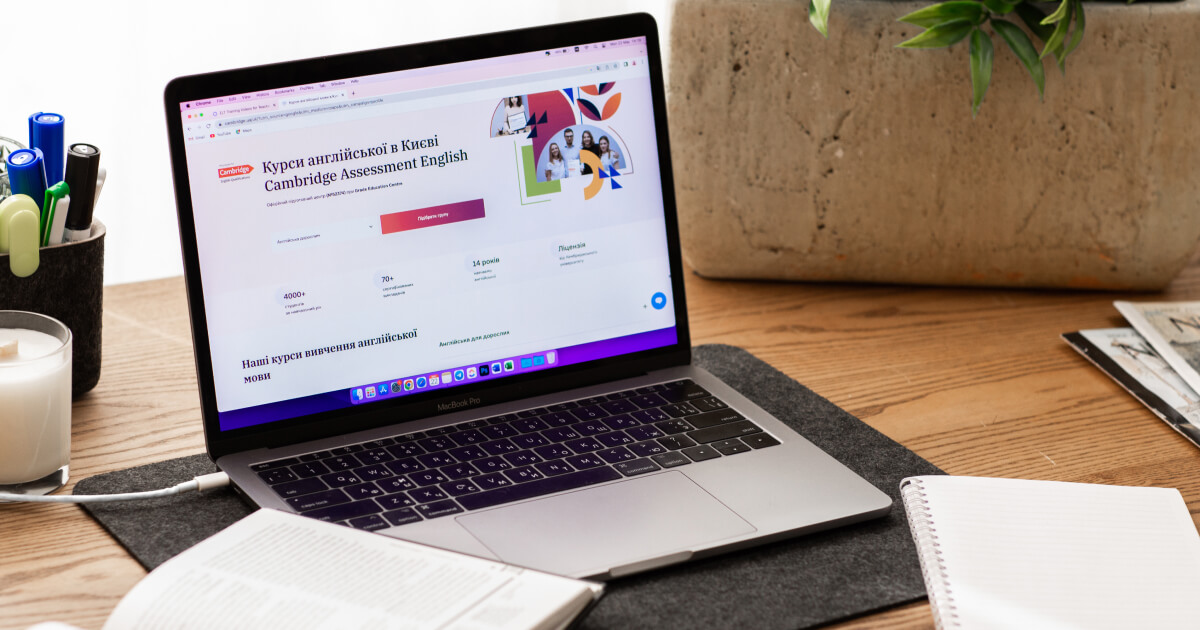Delayed error correction
- Teaching qualifications
- Tips & Strategies
- Methodology

22.11.2023
We often work with groups of learners whose levels of English, ages, sources of motivation, learning speeds, and experiences of learning the language vary.
Moreover, their purposes might be absolutely different too.
Such groups are called “mixed-ability classes”. There is even a teacher joke that if there are two students in a group, it is already a “mixed-ability class”.
In this article, we are going to discuss some professional recommendations on how to work with such a class, the problems you may face, and things you can do to solve them.
Become a pro in motivating your students
It is quite difficult to find a single definition of this term, as all people have different abilities, different attitudes, and different learning styles.
However, every teacher faces some difficulties related to this kind of class:
This list can be longer. Taking into account all situations like these, we may say that courses with different levels of achievement and learning levels are referred to as mixed-ability classes.
The strengths and weaknesses of the learners in these classes vary, as does their way and pace of learning.

There are plenty of various reasons to consider the classroom you teach in a mixed one.
The following factors can have an impact on the quality of a single ESL lesson:
What I mean here is that both learners may have A2 level, but one of them listens to English songs all the time and likes to sing along. The pronunciation of this person is better than the skills of the person who doesn’t listen to music and has only dealt with short e-mails from their business partners, for example.
Both people know something approximately at the same level but they are likely to have a different set of achievements and problems while dealing with the language.
How to survive in a mixed-ability class?
The learning background makes a difference here as well. Here are some aspects of the mixed-ability class related to the culture of learning:

Now it’s time for tips on how to deal with the most common issues in the mixed-ability class.
Mixed-ability classes usually require some extra preparation.
You’d better always have a couple of extra tasks for those who completed the tasks earlier because, in such types of classes, you are always likely to have fast finishers.
So, don’t let them get bored. After all, boredom leads to a lack of motivation or an impression that there is nothing left to learn.

Be prepared for any challenges!
Effective managing tips from usMixed-ability classes are always about extra attentiveness.
You constantly have to take into account the different styles of dealing with the new information your learners have, their strengths and weaknesses. For example, some students need to see how to do a task to complete it.
That is why you should never shorten your instructions to facilitate the needs of the stronger people because, in this way, the weaker students will suffer. Be attentive to everybody and keep the balance between the needs.
Tips on becoming a perfect ESL teacher!
Now, let’s look at two ways to instruct your students and choose the most appropriate one for the mixed-ability class:
А) you have five minutes, make as many sentences as possible about your favorite book;
B) make up seven sentences about your favorite book.
In a class where students have slightly different levels of English, only the second option is suitable, as it does not limit the strong students, but also allows the weaker to show that they know. At the same time, everyone works, and everyone is at their own level.
This is what we meant by putting fewer limitations.
Give more space for both stronger and weaker students to work at their own pace.
This brings us to the first tip of having some extra tasks in case weaker students need some extra time.

The correct division into groups is a key to success in the case of a mixed-ability class.
If you want to keep the discussion equal and lively, put strong and weak students into separate groups. In this way, strong students won’t be bored and will feel more motivated with people of the same level while weak students won’t lose their confidence.
Still, pairing strong and weak students might also be a good practice.
Sometimes, it is more effective for the weak students to get some explanations from their peers rather than from their teacher. Strong students don’t normally get angry and feel some extra motivation due to the responsibility that you give them.
However, be very attentive to the change of attitude towards such pairing.
If you group strong students with weak students too often, they will soon become sick and tired of each other: the stronger will become irritated and tired, while the weaker will feel like a burden.
Add some pair work to your lessons
In a mixed-ability class, it is crucial to praise every effort.
Don’t compare strong students to weak students. Compare your students’ progress only to their own achievements. The weaker learner might work even harder than the stronger.
However, visible changes take time.
Make sure, though, that you, as a teacher, pay attention to every single change your students achieve and every small victory your students have.

There are three options that can be used in a mixed-ability classroom:
Improve your students' reading strategies
Listening tips are very similar to reading tips, except for adapting the audio recording. However, it is possible to adapt the process and the outcomes.
For example, lower-level students answer ‘yes’ or ‘no’, and stronger students have to answer ‘why’.
How else can you help with reading and listening assignments?
It’s crucial to analyze students' needs for selecting the tasks properly: what tasks do they like? What skills do they prioritize? Is it better for them to work in pairs or alone?
Teachers have to understand which teaching style is suitable for students, taking into account the strengths and weaknesses of each of them. In this way, you demonstrate your support, and the students feel that the teacher is interested.

Although it’s not easy to work with mixed-ability classes, we become more experienced, creative, and teach our students to be patient and tolerant, which is so important, especially for young learners and teenagers.
Do you need to have some extra tasks in the mixed-ability classroom?
Arina Kravchenko
Author
Teacher of General English & IELTS
Olena Ukrainska
Author
CELTA certified teacher of General & Business English, author and teacher of the course for children with dyslexia and dysgraphia
Comments
Leave your comment